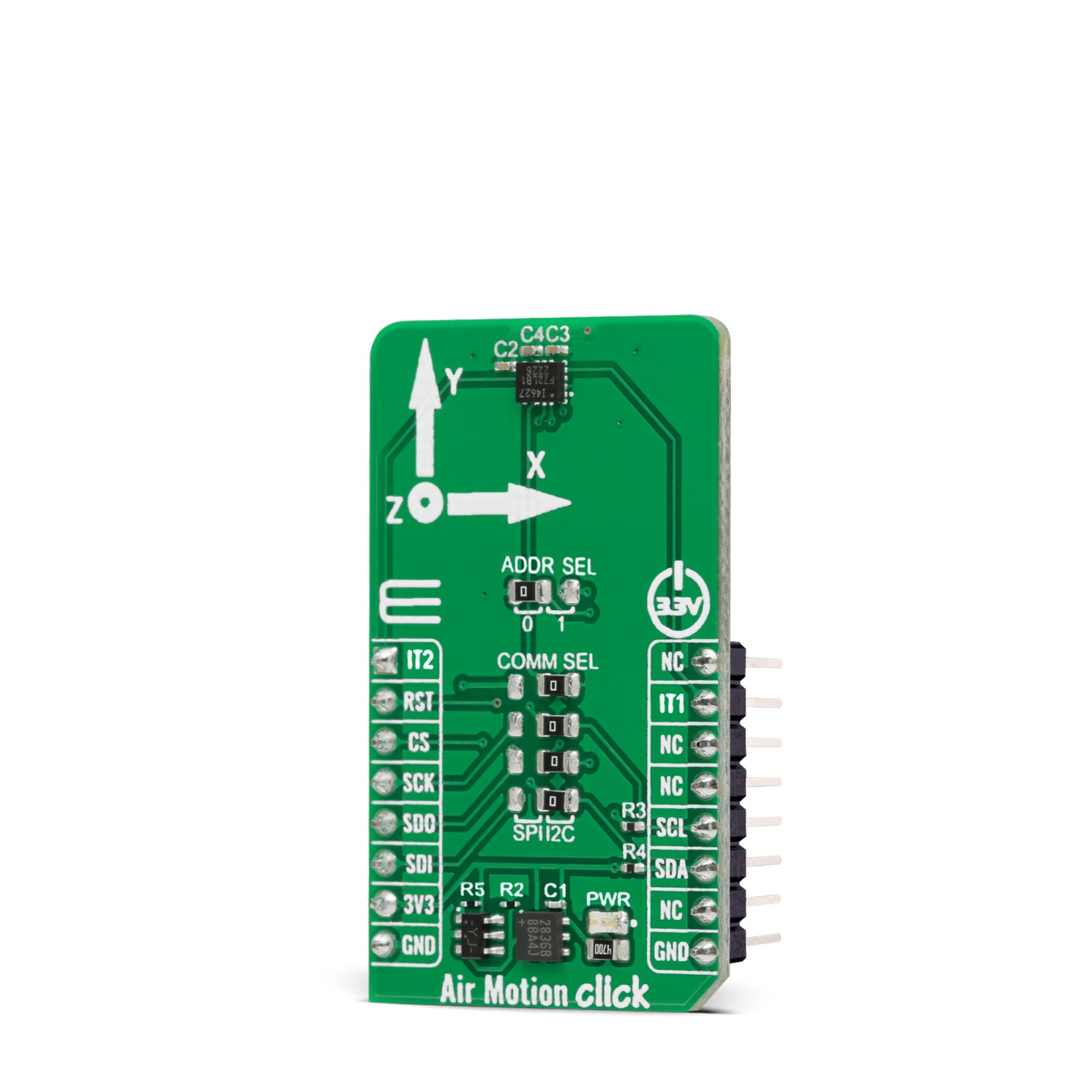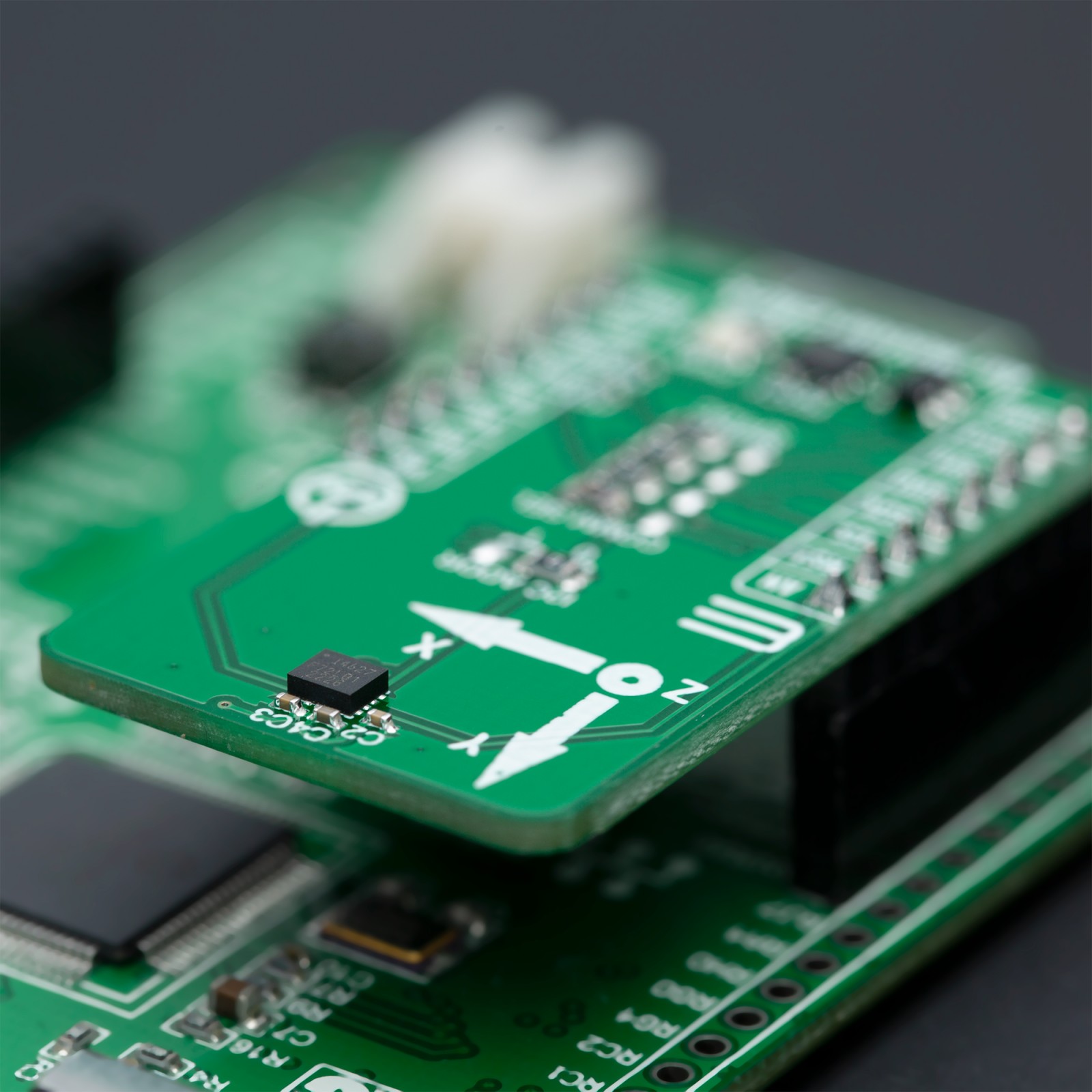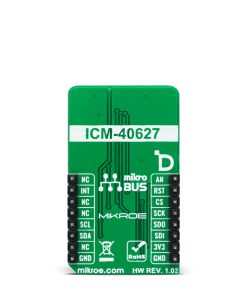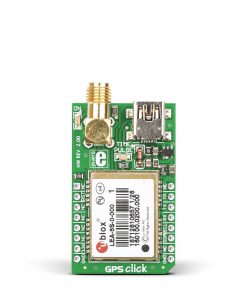Air Motion Click
R395.00 ex. VAT
Air Motion Click is a compact add-on board that contains a 6-axis inertial measurement unit. This board features TDK InvenSense’s ICM-40627, a 6-axis MEMS MotionTracking™ device that combines a 3-axis user-selectable gyroscope accelerometer. The ICM-40627 comes bundled with TDK’s Air Motion Library that enables precise mouse pointing, swipe, roll and other motion gestures, communicating with the host MCU via a configurable interface (I2C and SPI serial communication). It also features a 2KB FIFO and two programmable interrupts with ultra-low-power Wake-on-Motion support to minimize system power consumption. This Click board™ represents an excellent choice for gesture-based handheld applications, like pedometers, tilt and tap detection, and more.
Air Motion Click is fully compatible with the mikroBUS™ socket and can be used on any host system supporting the mikroBUS™ standard. It comes with the mikroSDK open-source libraries, offering unparalleled flexibility for evaluation and customization. What sets this Click board™ apart is the groundbreaking ClickID feature, enabling your host system to seamlessly and automatically detect and identify this add-on board.
Stock: Lead-time applicable.
| 5+ | R375.25 |
| 10+ | R355.50 |
| 15+ | R335.75 |
| 20+ | R323.11 |



















.jpg)








